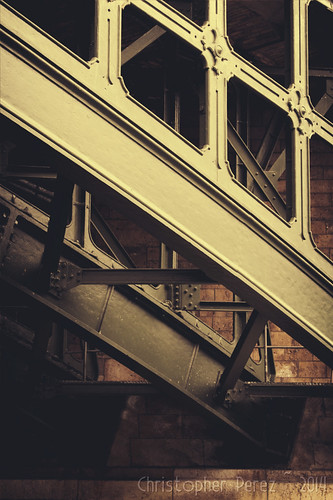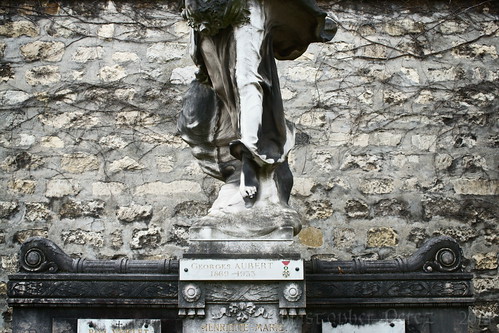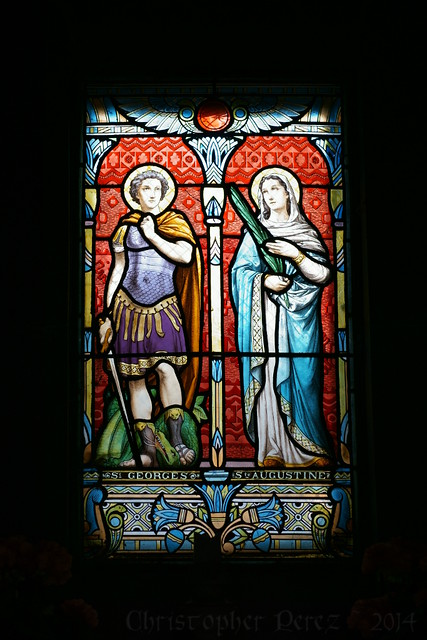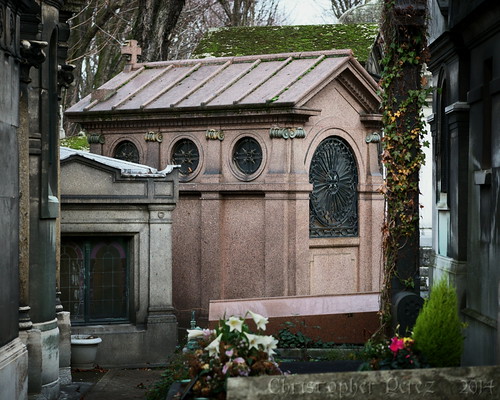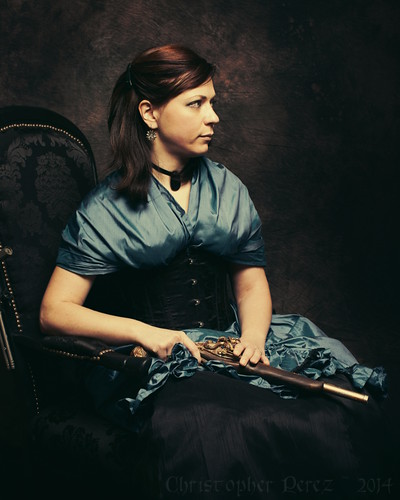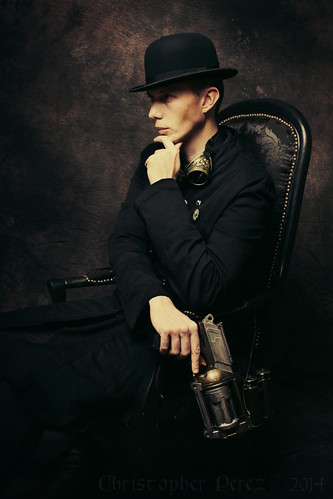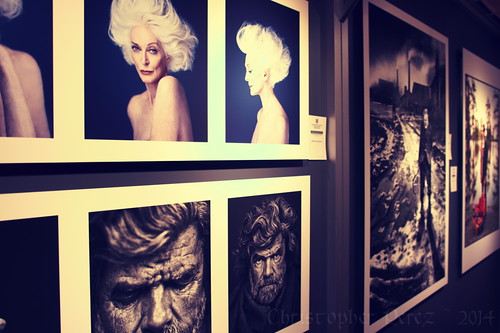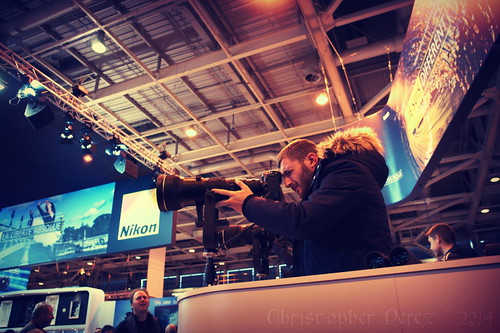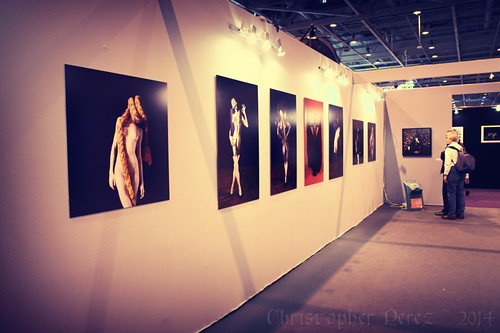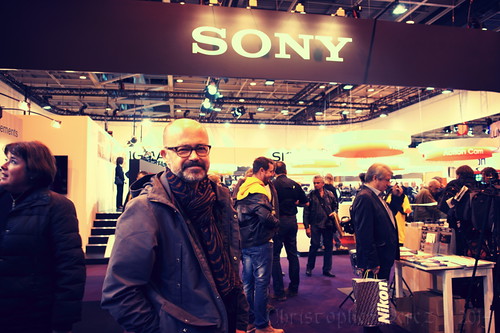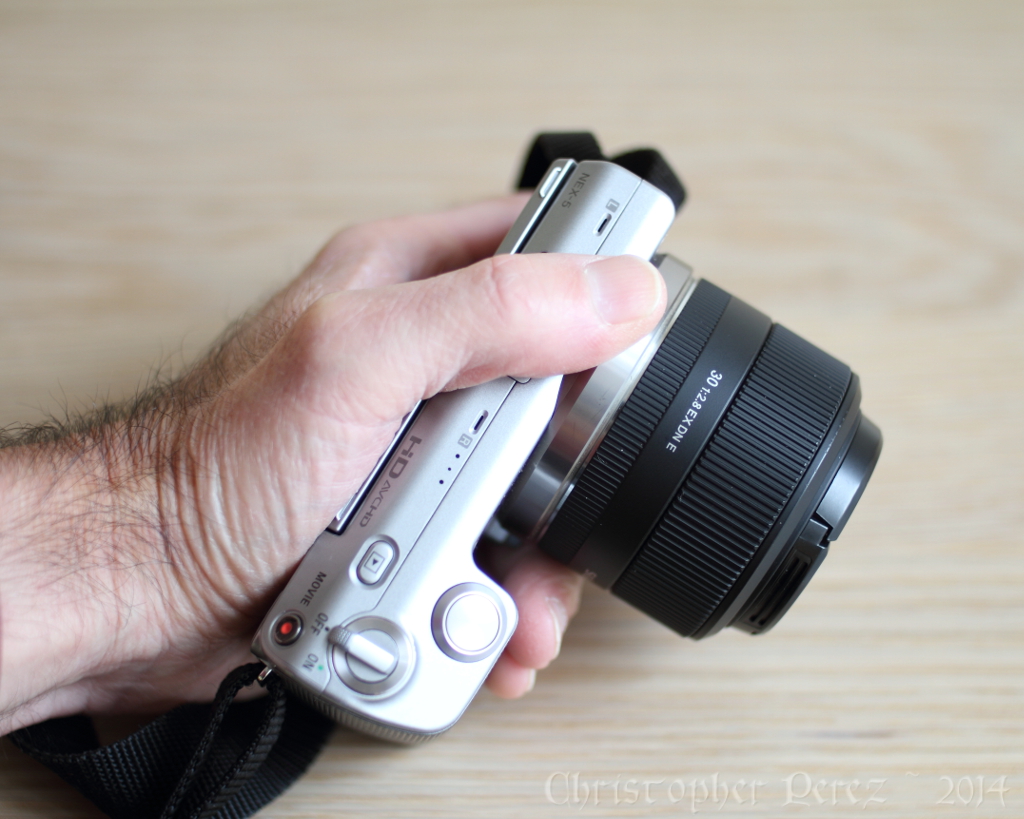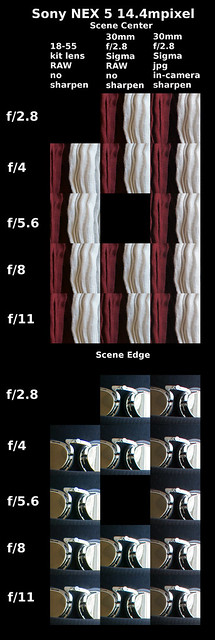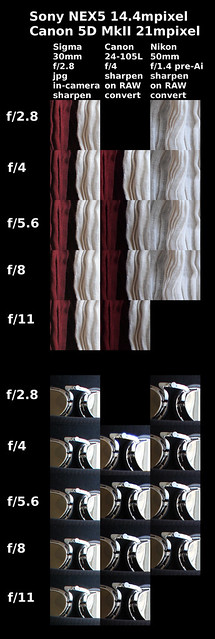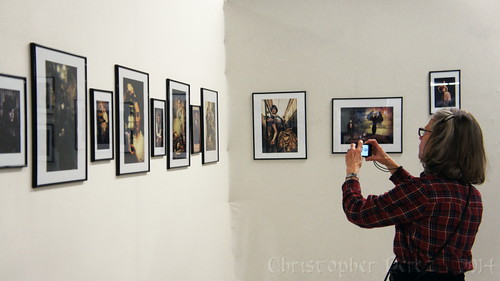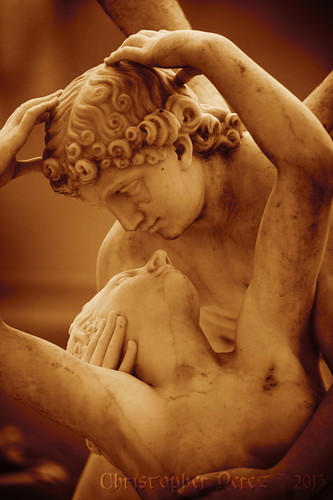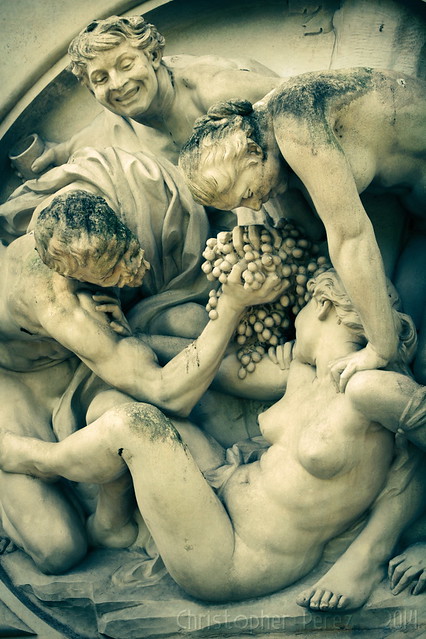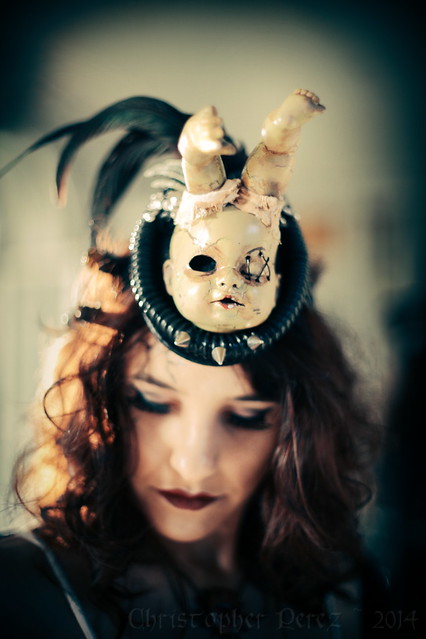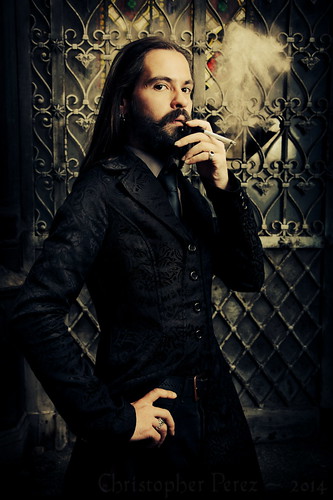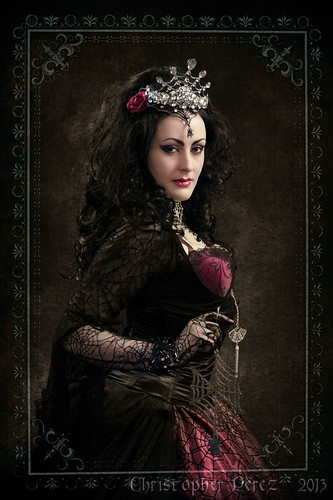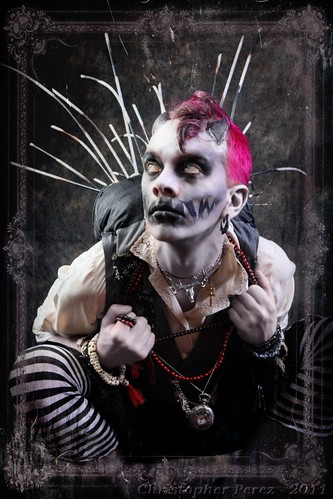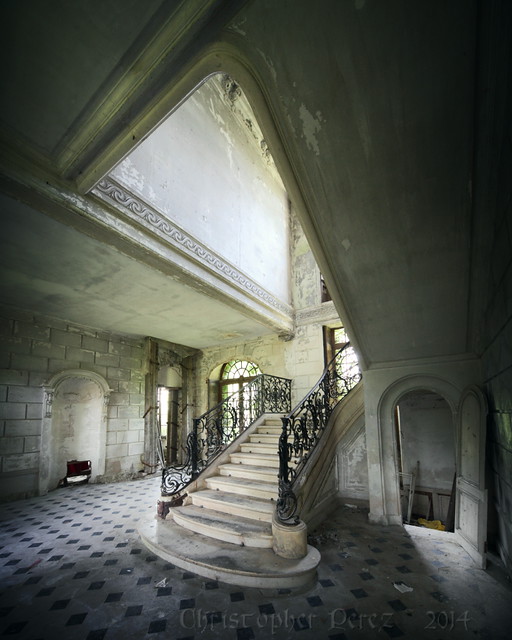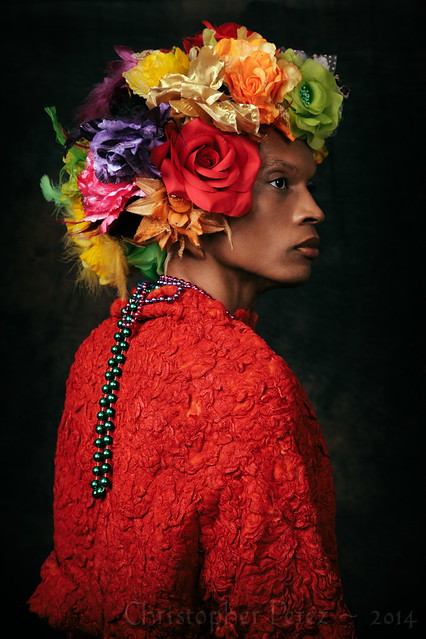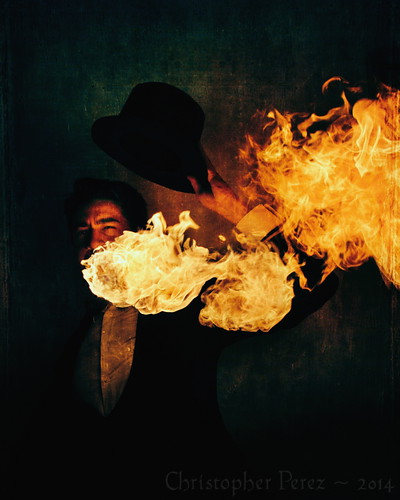Third, ... well... I'll save this for another post... so stay tuned...
Or so I said in the prior blog entry. Welcome, therefore, to the third thing that I've proven to myself after "testing" an old Sony NEX5 with a couple lenses against my Tried and True and Very Serious Pro-level Canon 5D MkII with a couple more lenses.
The first two things I proved to myself is that a small 14.4 mpixel sensor can still produce an amazing image and that image can be made with a little careful up-rezing/sharpening work to match the native image quality of a Canon 5D MkII (the Old Beast).
What, therefore, is the third thing I proved to myself? Easy. DSLRs are needlessly fat and bloated and heavy as boat anchors. I say this in light of the Sony's image quality and overall performance when compared with my Old Beast.
I'm far from the first to realize this. Yet...
It's Friday and nearly a week after I spent a Sunday afternoon photographing creative people at a local fair. I'm still sore in a few places from working the Old Beast. Hence the search for New Meaning and New Gear.
Here is what the Old Beast looks in my hand. These images are of the Old Beast and the small, light weight Nikon 50mm f/1.4 pre-Ai. The 24-105L lens I used last Sunday is much bigger and heavier then the beautiful Nikkor.
Keep in mind, I worked the Old Beast in one hand while holding the flash in my other. Weight and size matter after a long day. Yes, I'm getting old. Yes, if I were younger none of this might matter. I'm not young, so these things do matter. Look at the size of my hand and compare it to the size of the camera/lens combo.
Here is what a Sony NEX5 with a Sigma 30mm f/2.8 EX DN looks in my hand. I used the 50mm Nikkor f/1.4 pre-Ai and Sigma 30mm EX DN to illustrate relative sizes in equivalent effective focal lengths.
You no doubt have seen plenty of the following kinds of images. For me, size comparisons really don't show, nor can they properly explain the differences in the feelings of mass. Rest assured, it's in the area of mass that my hands find the Sony NEX much easier to hold and control all day long than the Old Beast. It comes down to asking if a mirrorless can deliver DSLR image quality.
Viewed straight on you can clearly see the difference in sizes.
Viewed from the top, you can see how narrow the Sony NEX is. The distance from the front to the back of the NEX is just a little longer than the distance from the front of the penta-prism to the back of the Old Beast. Such is the size, weight, and mass of adding a mirror-box and trying to make a "pro"-level piece of gear. You could kill Baby Seals with the 5D, it's that rugged and massive. Add the 24-105L zoom to the 5D and things get nearly uncontrollable for This Old Man.
Remember that I showed the small Sony's image quality could be made to match the Old Beast's?
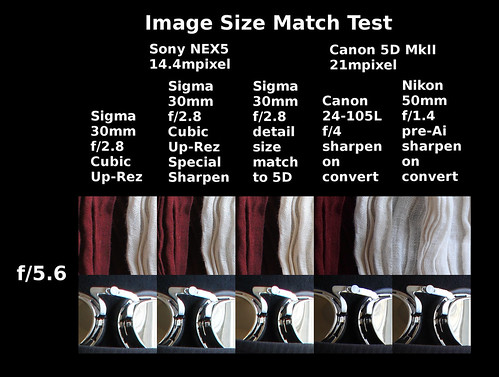
Given all these things, what might I be concerned about when considering downsizing?
- Canon offers no small, light products with the flexibility and performance of Sony, Panasonic, Olympus, Fuji mirrorless systems
- Canon offers a rich, deep lens selection where Sony continues to struggle and everyone else wants to charge a fortune (Panasonic. Olympus. Fuji.).
- Sony is an electronics company, so how "invested" are they in selling imaging systems into an already saturated market?
- Canon's reputation for longevity - 150,000 shutter life for the Old Beast, where Sony has not published shutter reliability figures for any of their equipment
Addressing each of these areas one at a time is leading me to the point of making a long term photographic tools decision.
Canon seems stuck in thinking they're still selling into legacy photography gear markets. Their DSLRS are huge and bloated compared with most mirrorless systems. Canon's EOS-M doesn't deliver the kind of performance I require.
My image-making requires something different than Canon's mirrorless can deliver.
I can understand the momentum behind legacy systems and the design thinking that generates all this, but it presents a problem when faced with serious market disruptions. In this case pro-level mirrorless systems are filling the niche where serious photographers want to play. That is, smaller, lighter, and in increasingly numerous cases more powerful than DSLR and very much World Class image quality coming off World Class sensors.
How do legacy equipment suppliers (Canon, Nikon) leverage old, heavy, bloated products in an increasingly networked world where knowing how to make cameras function like a "pro" is no longer a requirement to creating amazing images?
Canon's lens selection is quite impressive. Yet when I look at the lenses I actually use, I see other companies offer similar products. The sole exception being long-teles for birding, airshow, and race photography. I may, in the end, hold onto an 8FPS, ultra fast AF Canon 7D and two long-teles until mirrorless systems catch up.
Looking at Sony as a company one quickly realizes how small their imaging group is compared to it's gaming and cell phone organizations. Though imaging is making money for Sony, it'll never, ever make as much money as the other two groups and they
seem to be in financial trouble. When markets appear to Sony to be unprofitable they seem to leave in a Big Hurry. What if this happened to their camera division? Well, it's not like the gear on hand would instantly dry up and blow away, right? Transitioning to another system could happen as the existing gear started to fail.
So why not go with Olympus or Panasonic or Fuji? Fuji is too big and expensive. Olympus has too small a sensor and, well, was purchased by Sony. Panasonic has too small a sensor (shared with Olympus).
Which leads me to asking what Canon provides that mirrorless systems do not.
- AF performance? Sony's A6000 AF system is pretty damned fast.
- HDR? Canon only recently added in-camera image creation to their DSLRs where Sony has had this for years.
- Leading edge sensors? Sony bests Canon in pixel density and whatever measurement the folks at DXOMark throw at them.
- System reliability? I don't know. One of my two Sony NEX5 has recently died. Ugh.
- Shutter reliability? I don't know. Sony does not published shutter reliability figures.
- I'll add one more thing: In Studio performance. For this the Sony mirrorless systems seem promising enough. My NEX focus under normal room lighting conditions well enough. My Old Beast occasionally hunts to find focus under low light. Ugh and shame on Canon as far as I'm concerned.
Looking at this from a different perspective I had to think about the reliability questions for about 2 seconds.
For the price of one Canon pro-level 5D MkII/MkIII bodies I could buy
5 (yes,
five) brand new Sony A6000 bodies. If I was concerned about out of the box system failures, I could buy used gear from owners who've already taken the risk of OOB failure and, well, I could have
11 Sony NEX 5T cameras with kit lens (at around 250Euro each) and
still beat the price of a single new Canon 5D MkIII. Who needs
11 cameras? But you get my point.
There are a lot of interesting blog entries and videos where people discuss the movement from DSLR to mirrorless systems. For pros and avid amateurs it can be frustrating to watch Nikon and Canon continue to fail to respond to the market segment that needs smaller, lighter, and yet equally to DSLR powerful imaging equipment. Maybe their (Canon, Nikon) vested markets are large enough they feel they can continue to make enough money to satisfy share holders?
Yes. The Photographic World has changed (note: Past Tense).
I will leave the reader to imagine the direction I'm headed. I'm getting old and there's no time to waste.


